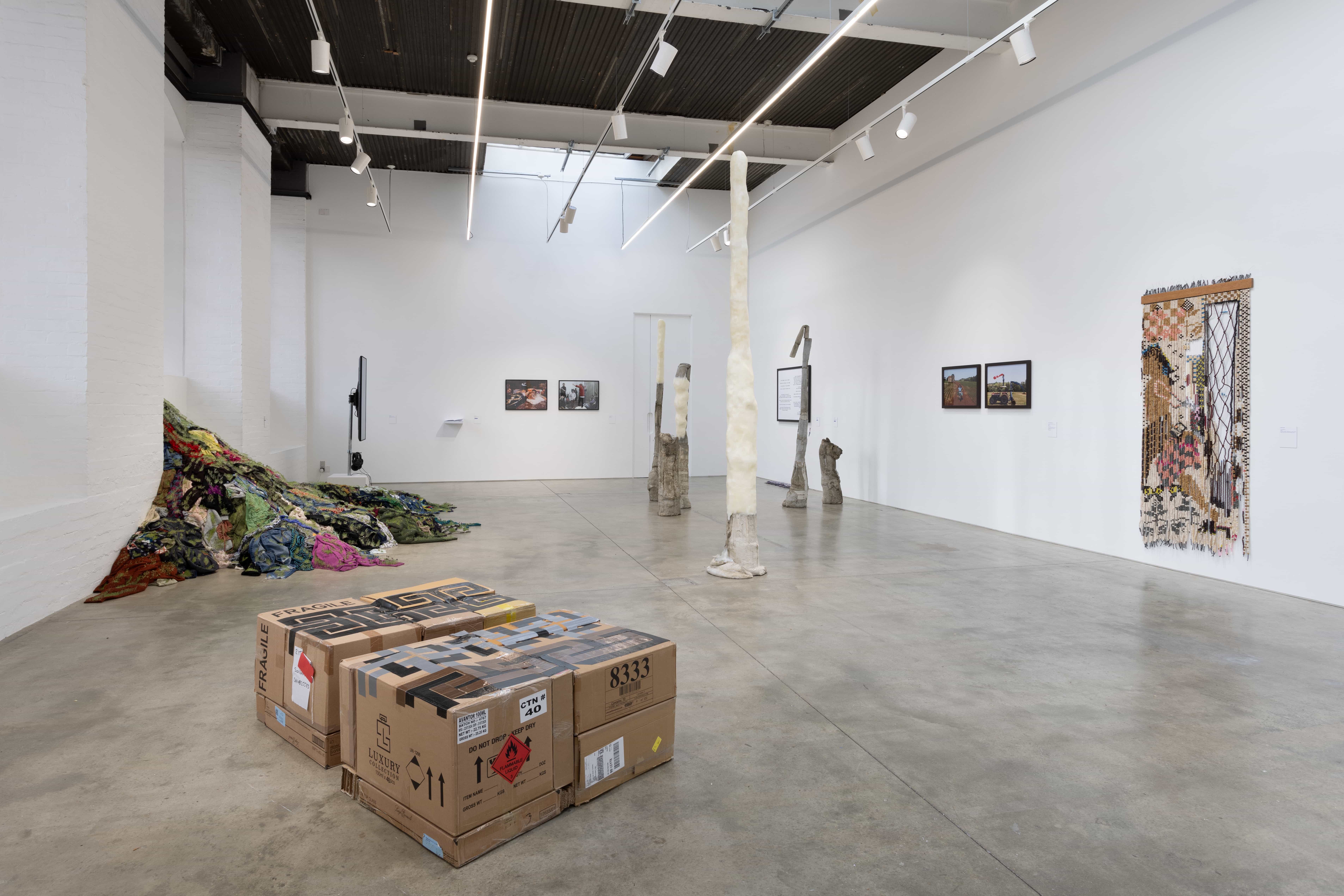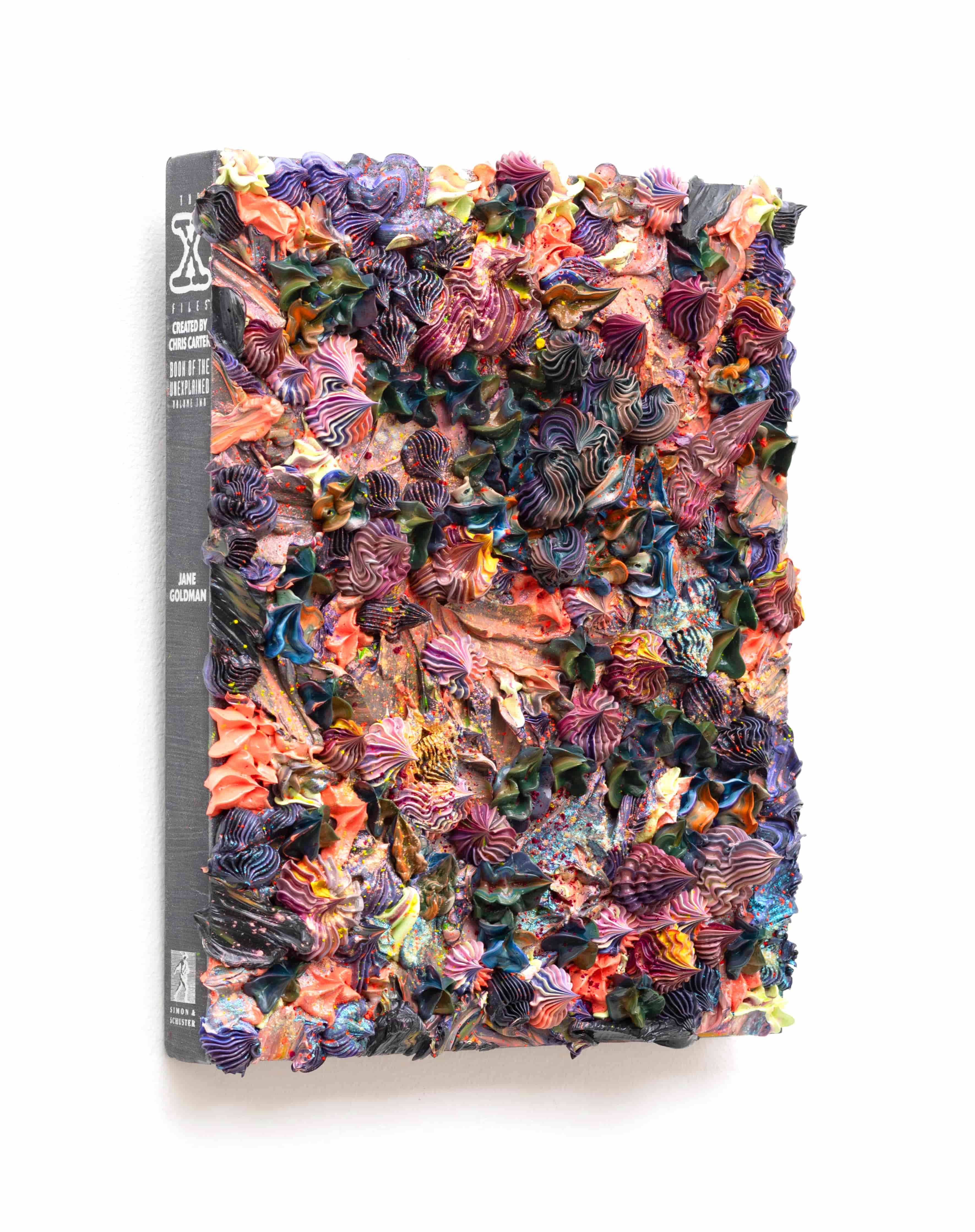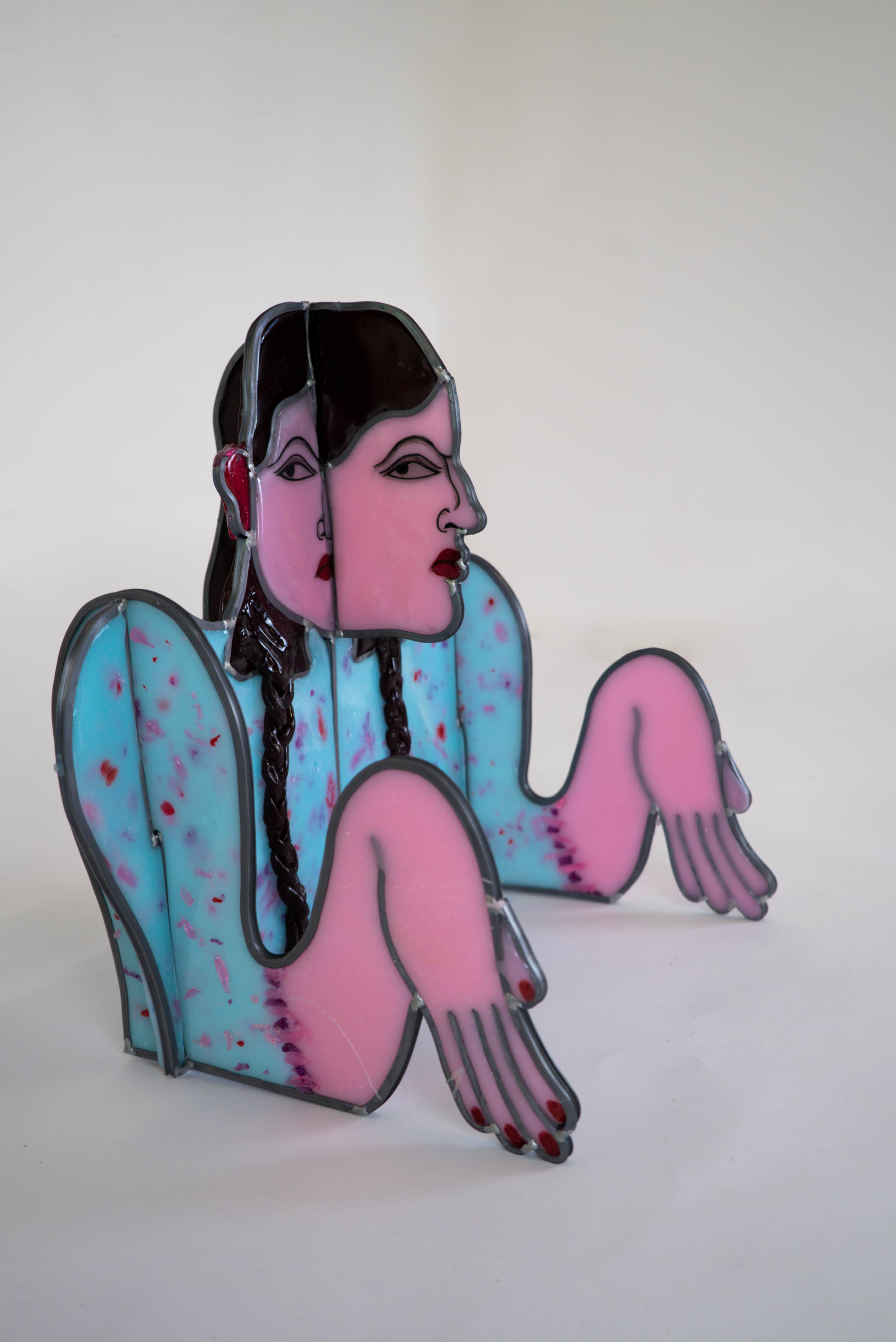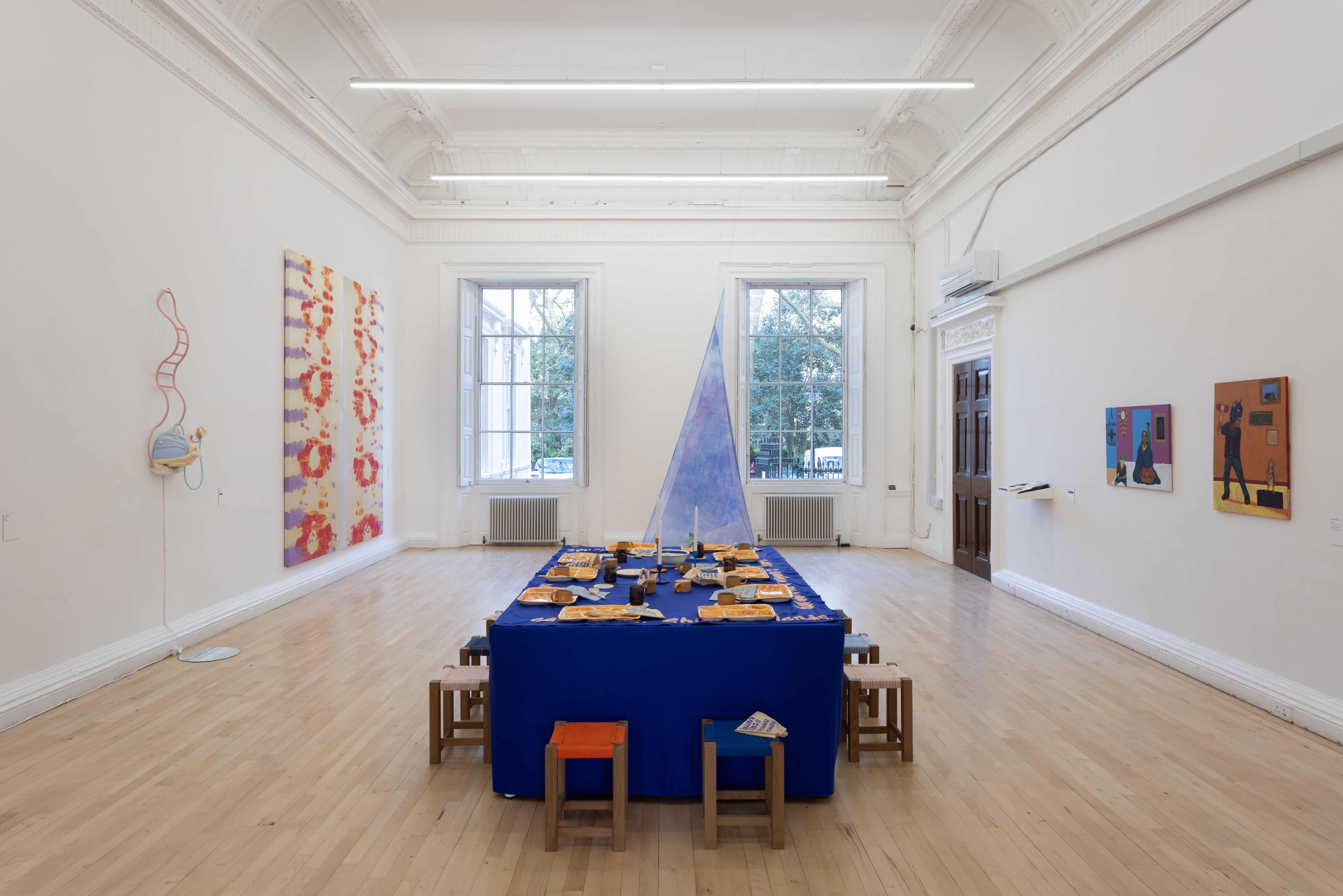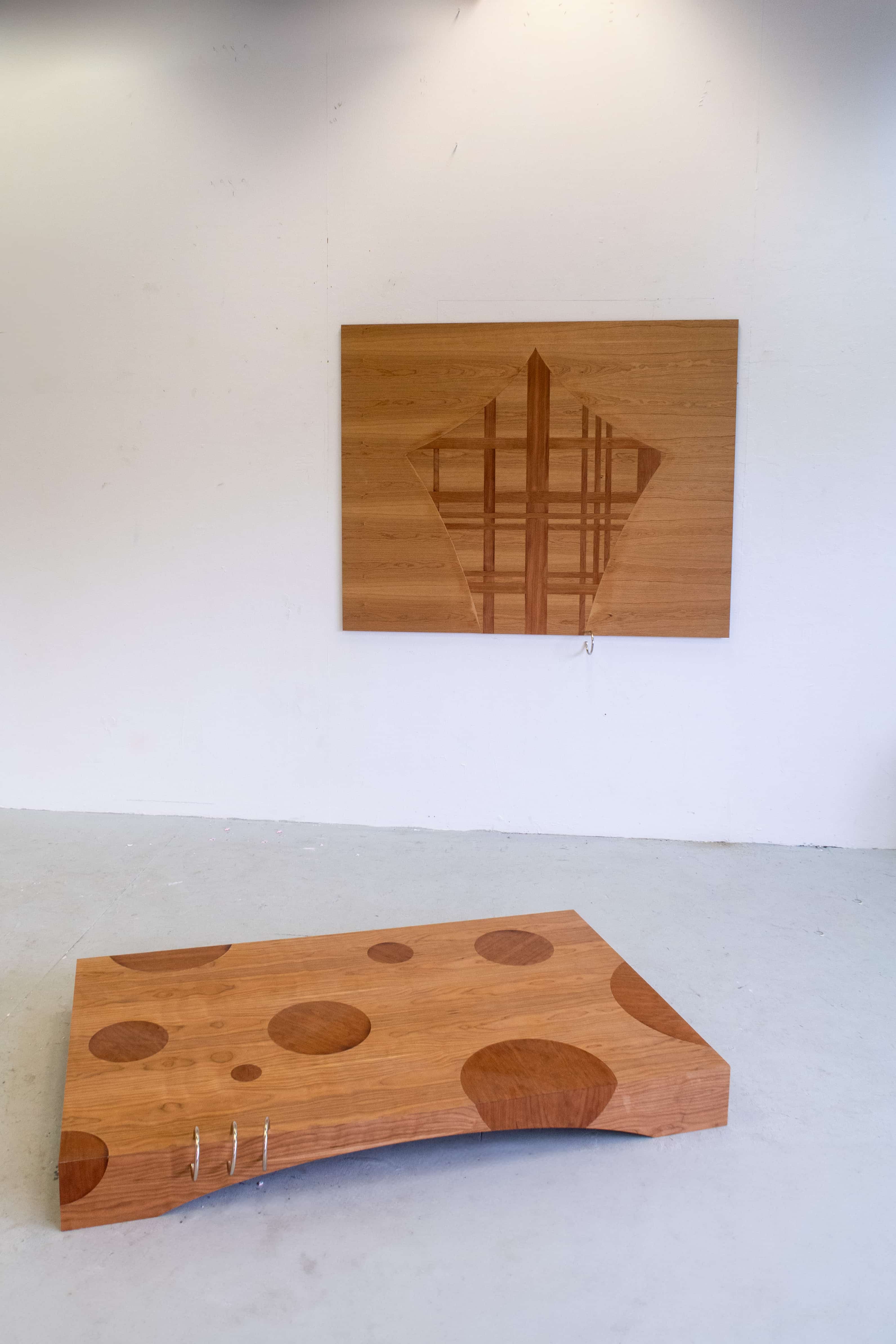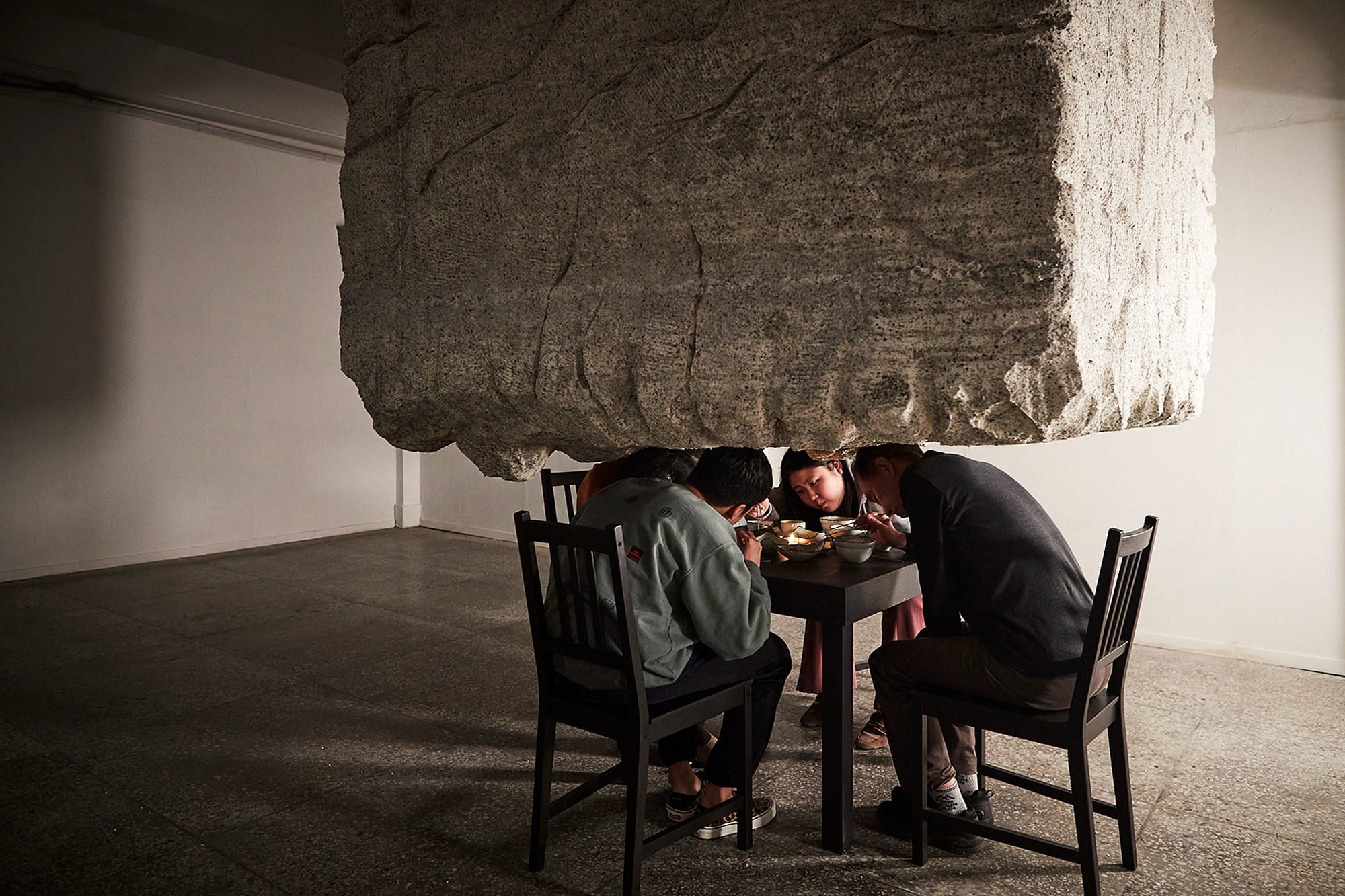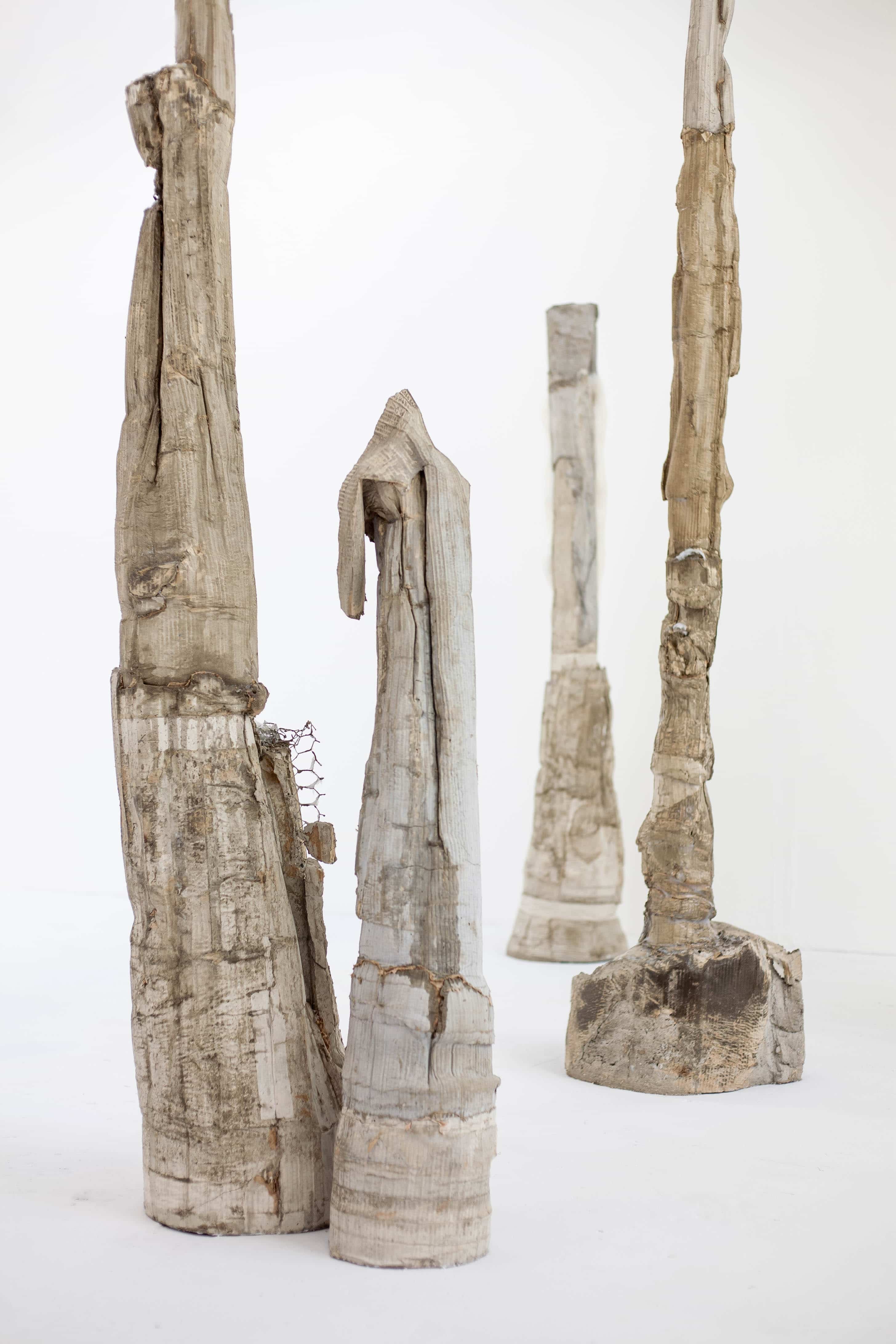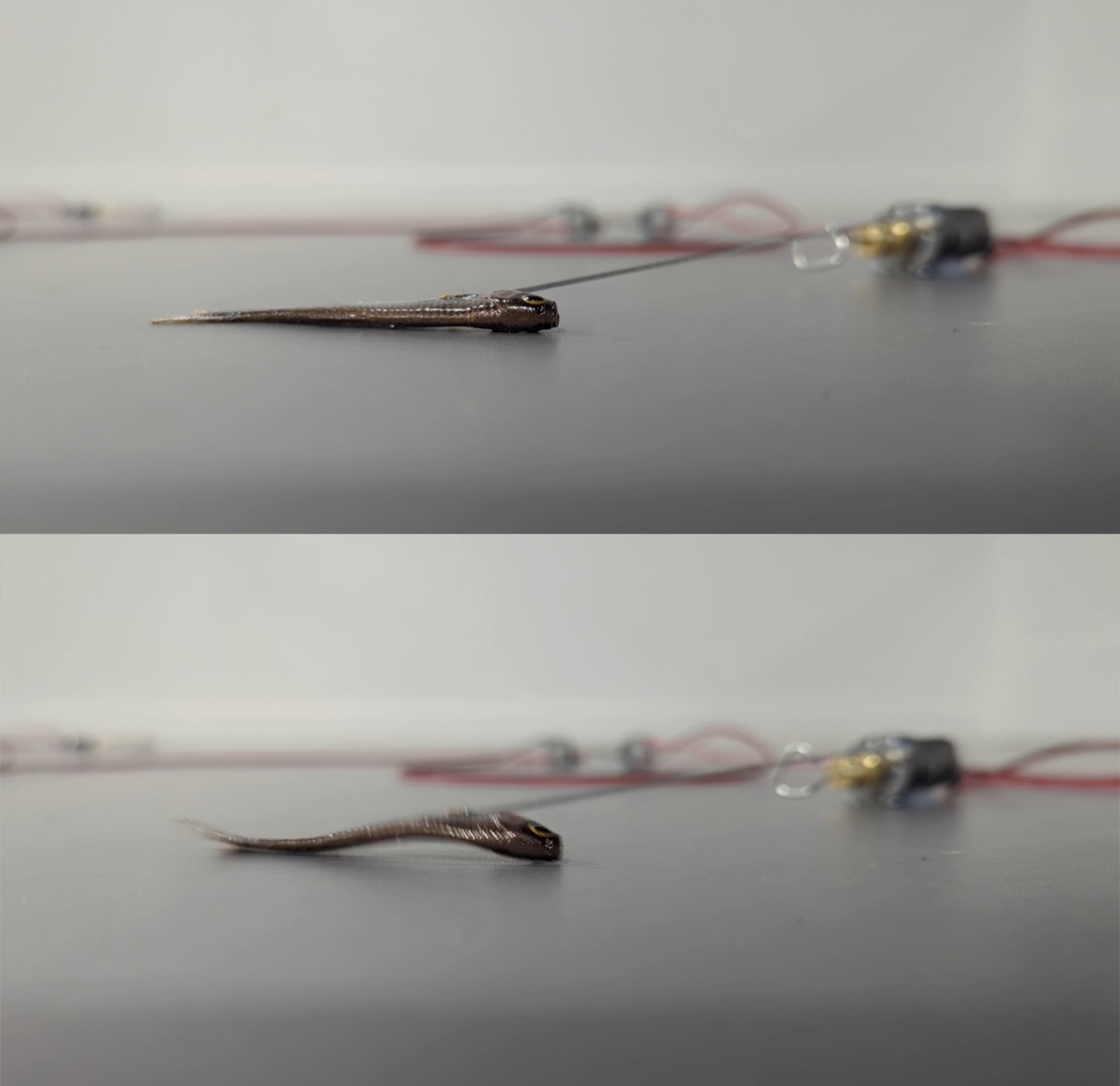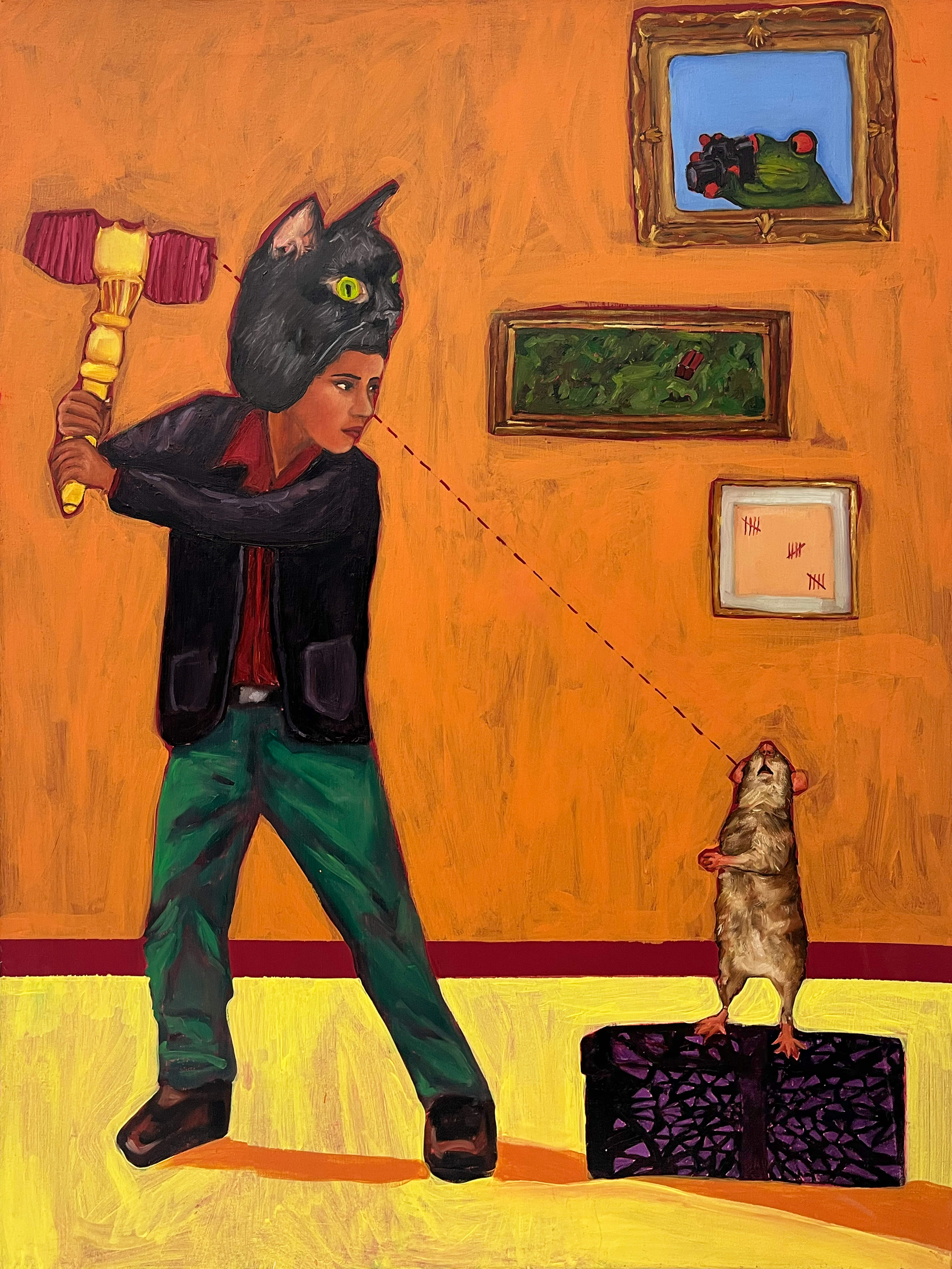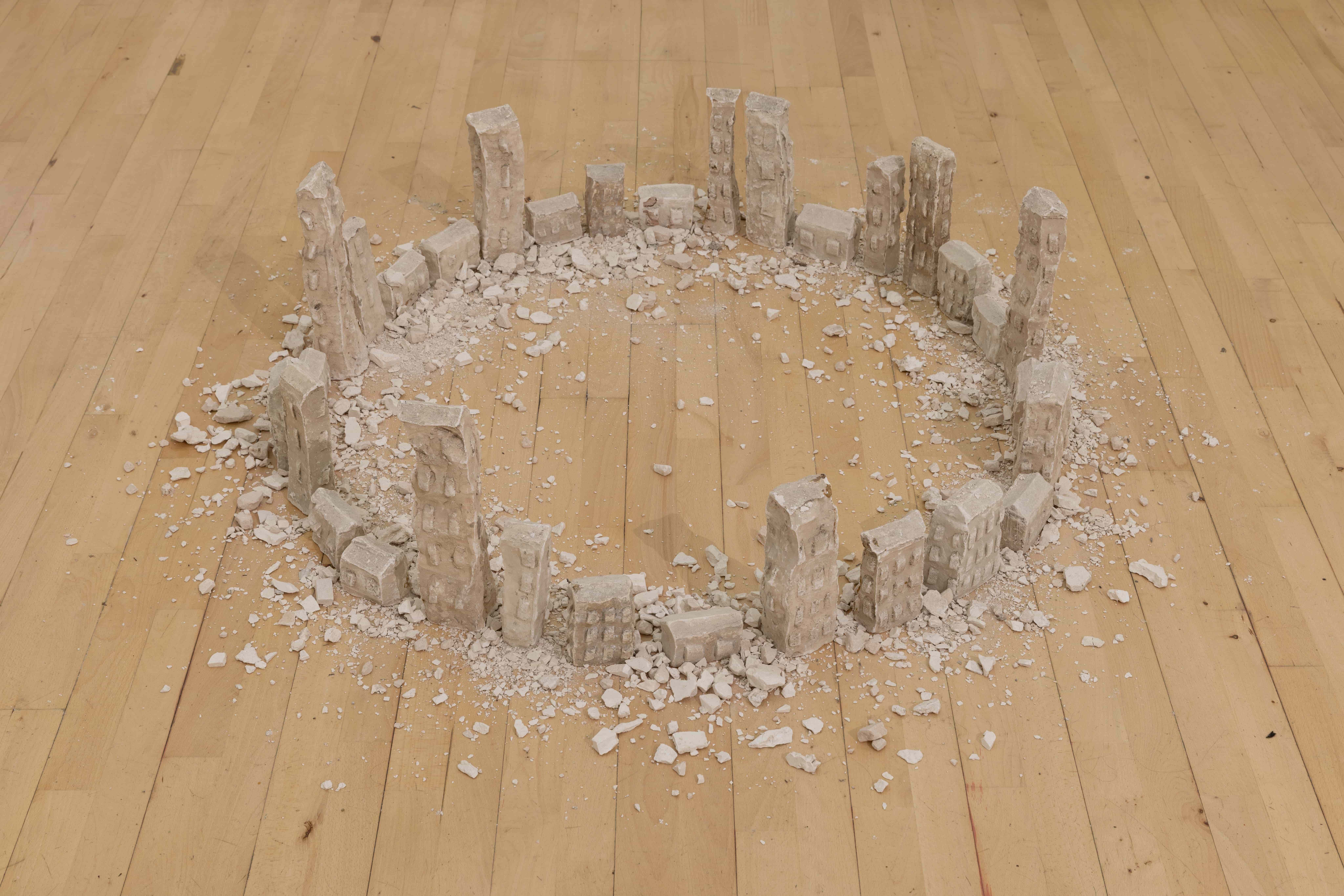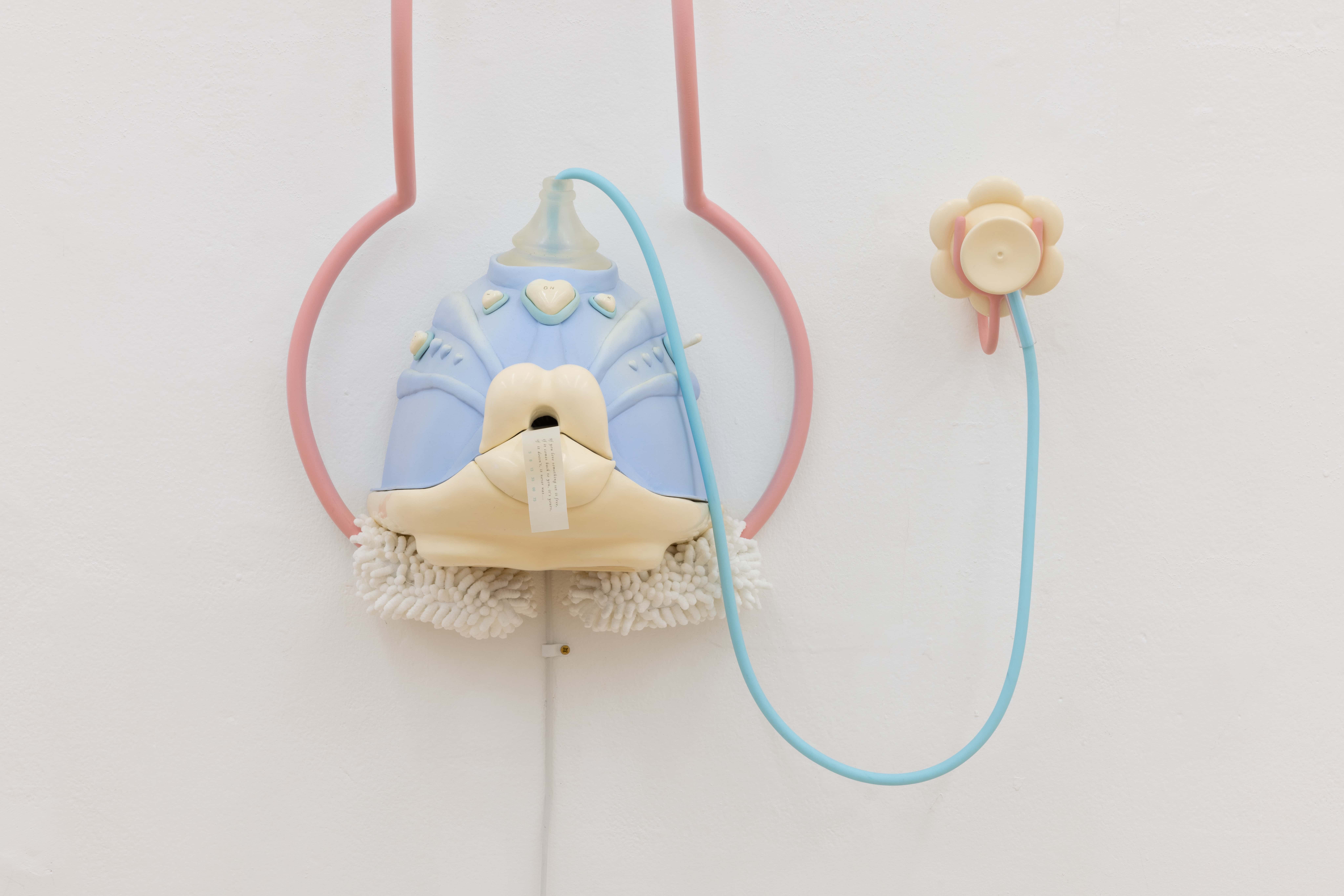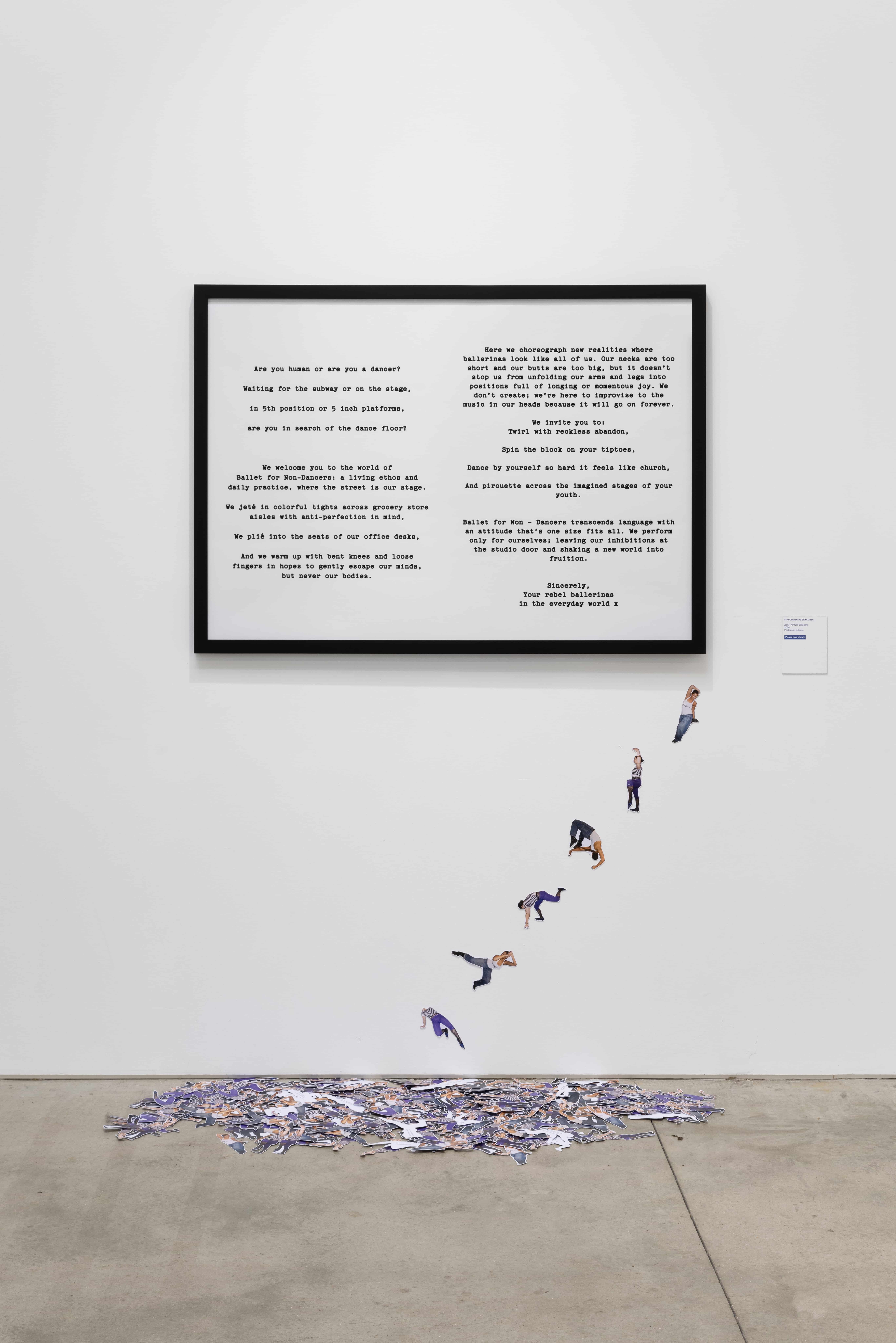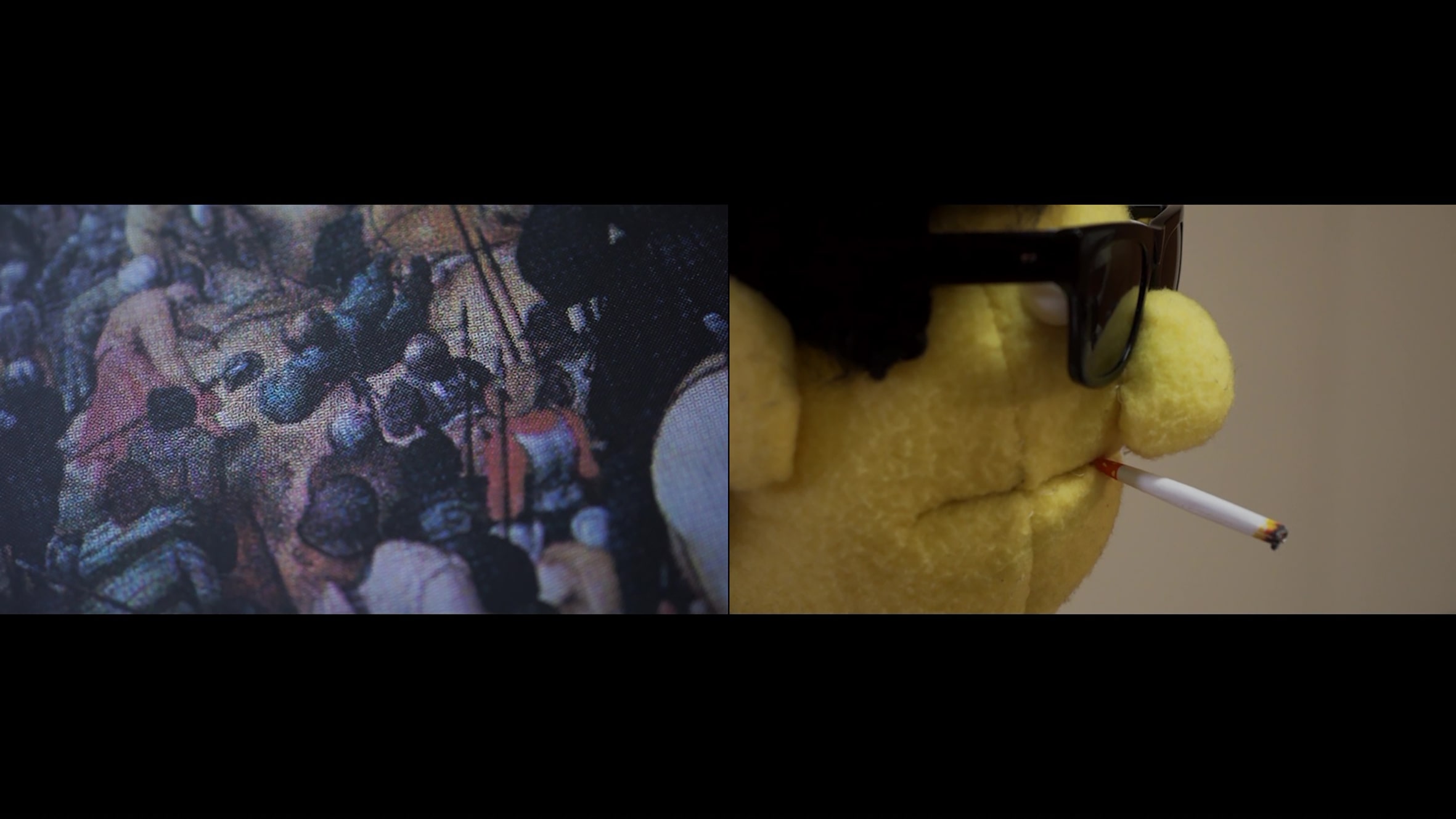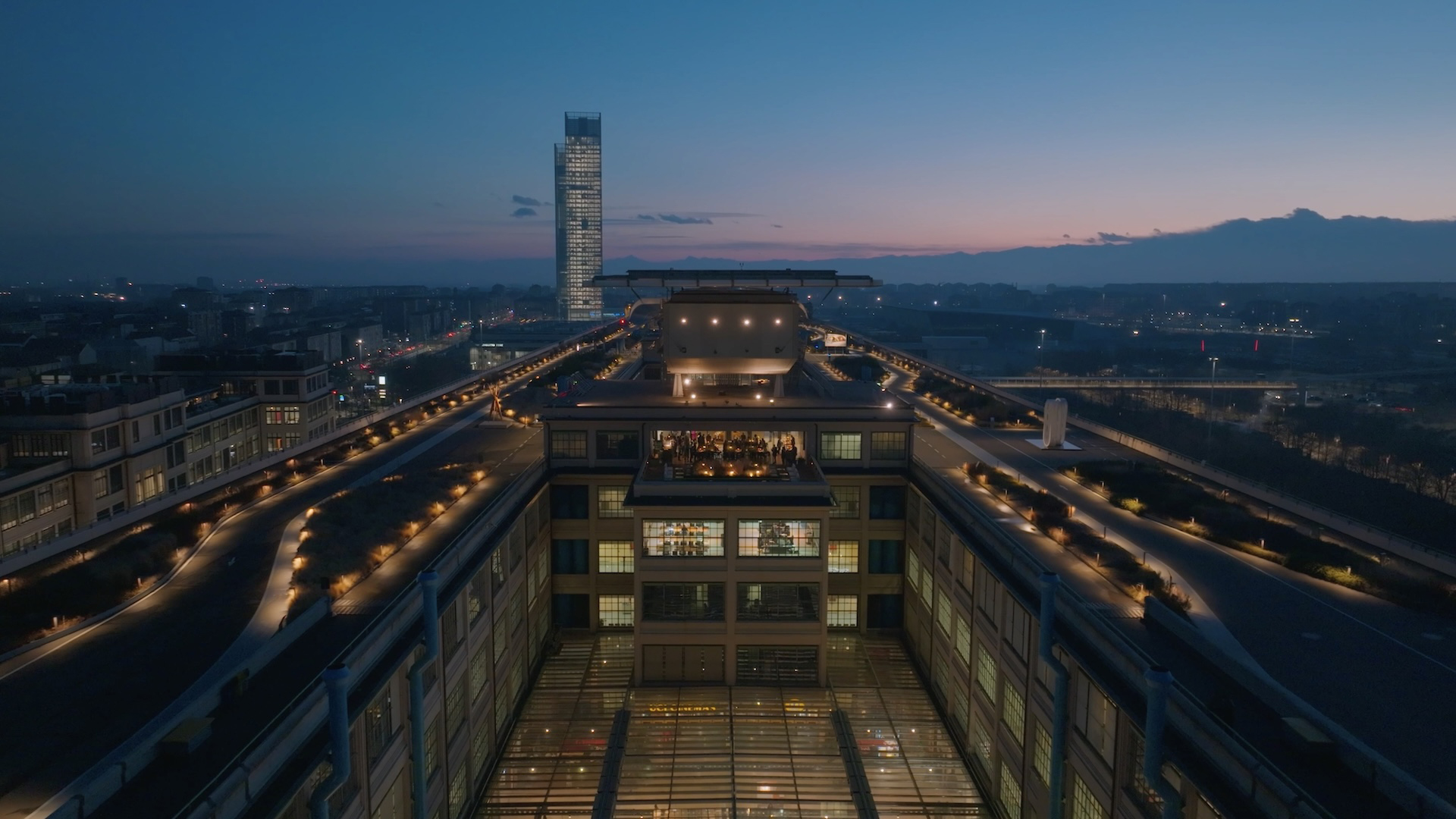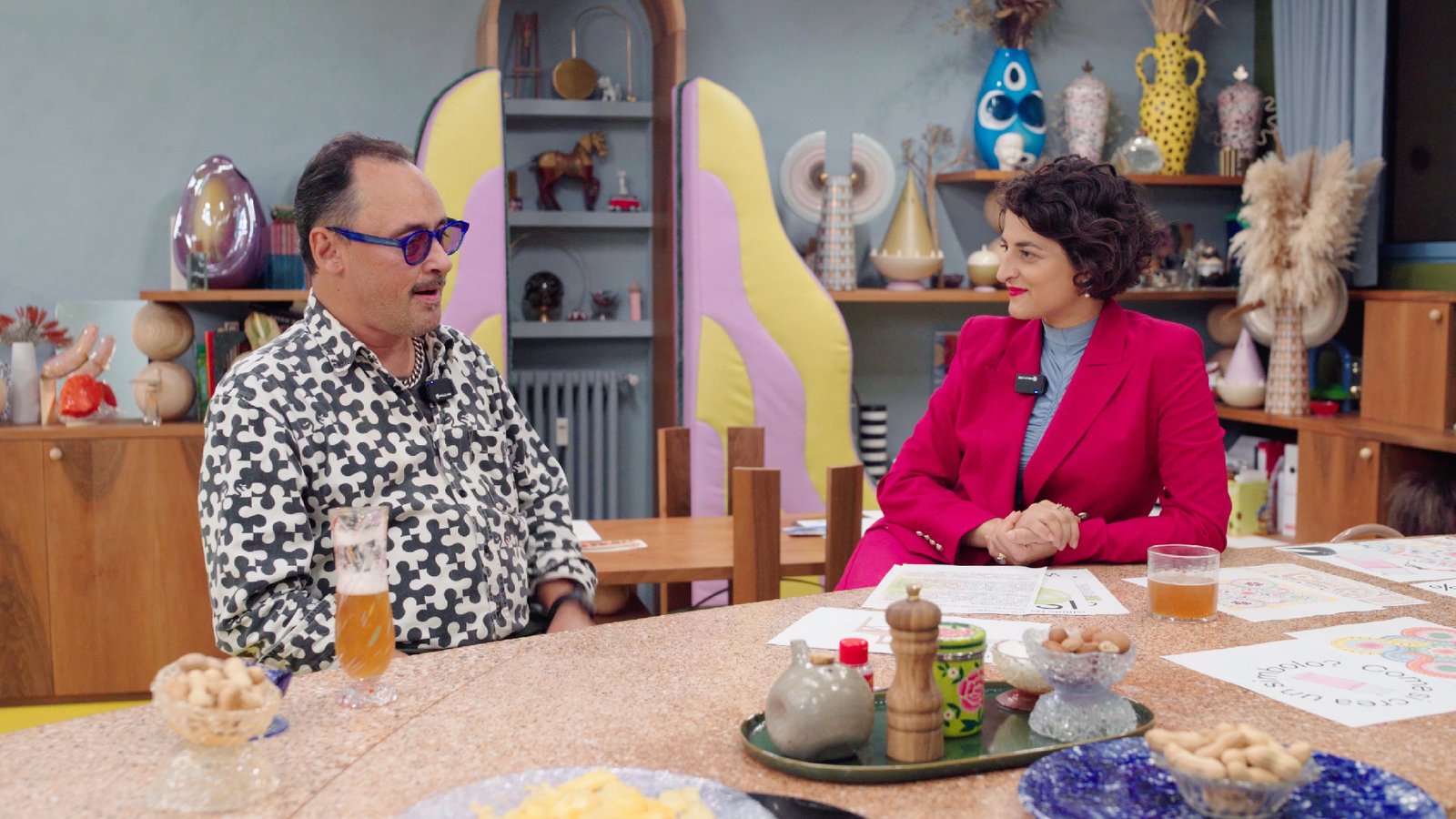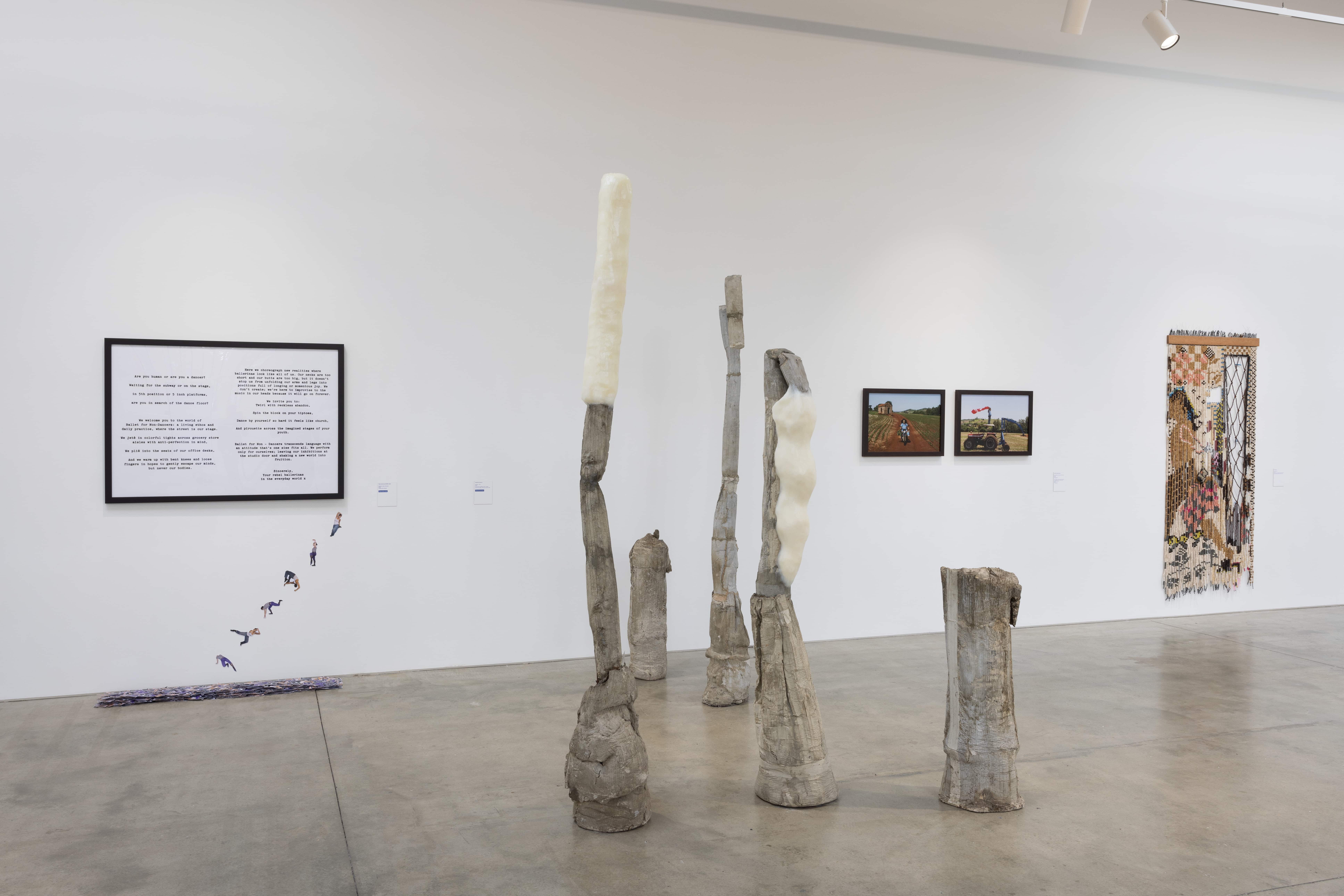
New Contemporaries turns 75. Interview with Senior Curator Séamus McCormack
New Contemporaries continues to be a benchmark for emerging artists in the UK. We discover this historic project
We caught up with Séamus McCormack the Senior Curator of New Contemporaries. New Contemporaries supports emerging and early career artists through an annual artist development programme that culminates in a national touring exhibition. We spoke to him during the run of the current exhibition at ICA London of selected recent graduates from UK-based learning programmes, including some of the top British art schools.
His career journey from artist to curator
Séamus started his career as an artist in Ireland before pivoting to curation - “I started to curate projects and became much more interested in that … I worked at the Irish Museum of Modern Art (IMMA) in Dublin, as assistant curator for a few years, and then a job came up with Whitechapel Gallery and I was an assistant curator there for a year and a half”.
He describes Dublin as having “a tightly knit but, relatively small art scene” and when “the job came up at New Contemporaries I was like ‘Oh, this could be interesting’, because I felt that I knew a lot of Irish artists and a lot of the spaces in Ireland but I wasn't so aware of the British art scene. It's allowed me to travel across the UK and work with spaces nationally which I probably wouldn't have done otherwise”.
Séamus also runs the programme at the gallery Commonage Projects and says that his role at New Contemporaries allows him to “build relationships with artists over the years, and then as alumni, I've programmed a lot of artists who have come through New Contemporaries in Commonage Projects. A lot of my research is done for me because we're getting to see so much work during the selection and then working with the artists for the exhibition”.
New Contemporaries - the exhibition and its future
Every year the exhibition debuts at a non-London venue, across three venues in Plymouth in 2024 and the Grundy Art Gallery in Blackpool in 2023. It then shows at a London venue, Camden Art Centre last year and now at ICA London - the latter being a venue that has hosted many iterations of this exhibition over the 75 years it has been running. Séamus adds “For us to move around like we do nationally is really important to build the identity of our organisation”.
In the current exhibition, the criteria were, that artists are in their final year of study or who graduated in the last year were eligible. However, Séamus adds that “from this year onwards, artists, as long as they consider themselves emerging or early career and are within a threshold of seven years of practice, they can apply, and that includes artists who are self-taught”. He adds “we're becoming increasingly aware that it's becoming so difficult for artists to operate or to even start a practice, but then also to sustain the practice. So five years didn't feel like enough, because we think five years ago was the COVID era. Seven years seems like a sweet spot, with ten years too much. This year we're going to test it and see what happens, it feels like an exciting change and statement”.
Further expanding on this point, Séamus clarifies “It's to acknowledge that you don't have to have gone to a traditional art school to be an artist. In the show this year we have people who studied sociology, design or dance”. There’s no age range, “often people say that the show is with young artists. That's not necessarily true as we don't have any upper age range. And I think people take gaps in the practice, and we want to put a little bit more trust in artists in terms of how they self-define themselves as emerging or early-career”.
The selection process
Looking more broadly at all the artists who apply, Séamus says, “We're trying to think about how we can support some of the 2000 plus artists that apply, and then the eventual 30 artists who are selected for the exhibition. How do you support all those other artists? How does New Contemporaries provide something for everyone? It’s our 75th year and we’re asking ourselves how we can create more opportunities outside of the exhibition, in terms of advocacy, and to be the spokesperson for emerging and early career artists”.
“We were founded by artists for artists” and it’s for this reason that each year “the work is selected by other artists because they have a different way of seeing other artists' work”. The selection process itself can throw up surprises as “sometimes you'll see the selectors' interests through the selected work, and then sometimes you'll see the complete counter to their interests because they're a bit more critical of their specific discipline. It’s why it's important to have different selectors each year”.
In applying for the New Contemporaries exhibition “The artist can submit up to three works, and the selection is done over a two-stage process where the selectors will make a shortlist of about 100 artists, and then we'll ask for more information about the work … What we want is a work statement. We want to know the motivations behind this work. So rather than lots of theory that's been talked about in college we want to know why are you making this work? Why are you using these materials?”.
This initial selection takes five days and then the final selection is a further two days with the selecting artists paid for their time. When it comes to judging, “I think it's important for them to be together because you bounce off people … the conversations are really interesting, and there's a lot of kind of bargaining between them as well. So they say ‘Okay, you can have this, if I can have this’”. Séamus adds, “It's so important to be able to see the work and spend time with it. It's a real joy for the selectors. They take it so seriously because they know it can be the making of someone's career”.
Selecting the exhibition venue
When it comes to selecting where the shortlisted artists will be exhibited Séamus says “Because of our long history we often get approached by venues and we are strategic about where we want the show to be. New Contemporaries is often the most visited exhibition of an art space’s programme, and it fulfils a lot of the Arts Council's objectives on youth engagement and diversifying audiences”.
“We think about the spaces that we're going to work with and we’ll want to go to a region we haven’t shown in a while before it travels to London. Every art school knows New Contemporaries in London, but we really want to encourage people from across the four nations to apply. By showing in Blackpool or Middlesbrough or Plymouth we'll see a spike from that region in the next year of artists applying … It’s part of our strategy to think where it would be exciting for early career and emerging artists to show work”
Séamus adds that the applications are still London-dominated and this feeds into the consideration of where to show the exhibition next and what artists should be on the selection panel - as having them based outside of London should encourage local artists to apply.
The Legacy of New Contemporaries
When we ask how being featured in New Contemporaries has affected artists’s careers, Séamus recalls “As part of the show for our 70th anniversary, which was five years ago, we reached out to our alumni and created videos. One was with Chantelle Joffe, who was in a previous New Contemporaries and she said it really changed the trajectory of her career, and now she's such a successful artist”.
He also notes how New Contemporaries has worked with and placed work in major collections “Having work acquired by the Government Art Collection and the Arts Council collection is massive for the artists”.
 New Contemporaries, Institute of Contemporary Arts, London, 2025. Photo: Rob Harris
New Contemporaries, Institute of Contemporary Arts, London, 2025. Photo: Rob Harris
However, he also wants to look forward to what the future holds for New Contemporaries “We don't want to be too nostalgic because the challenges of being an artist now in 2025 are very different to how it was 10 years ago”. Other advantages of being part of the exhibition include the “Peer connection that the artists make being part of that show, and often the artists will do other projects together, and form crit groups or friendships. That's important, and we try to foster that community … artists are seeking a community and a network outside of college, and the artists are offered mentoring sessions as well”.
It’s clear from our conversation that New Contemporaries continues to adhere to its mission of supporting artists and will continue to evolve with more changes to make it increasingly relevant to early-career artists. We look forward to seeing what the next 75 years will bring.
This edition of New Contemporaries was first shown across three venues in Plymouth, before moving to ICA London where it’s on display until 23 March 2025.
Cover image: New Contemporaries, Institute of Contemporary Arts, London, 2025. Photo: Rob Harris
Tabish Khan is an art critic specialising in London's art scene and he believes passionately in making art accessible to everyone. He visits and writes about hundreds of exhibitions a year covering everything from the major blockbusters to the emerging art scene.
He writes for multiple publications, and has appeared many times on television, radio and podcasts to discuss art news and exhibitions.
Tabish is a trustee of ArtCan, a non-profit arts organisation that supports artists through profile raising activities and exhibitions. He is also a trustee of the prestigious City & Guilds London Art School and Discerning Eye, which hosts an annual exhibition featuring hundreds of works. He is a critical friend of UP projects who bring world class artists out of the gallery and into public spaces.
